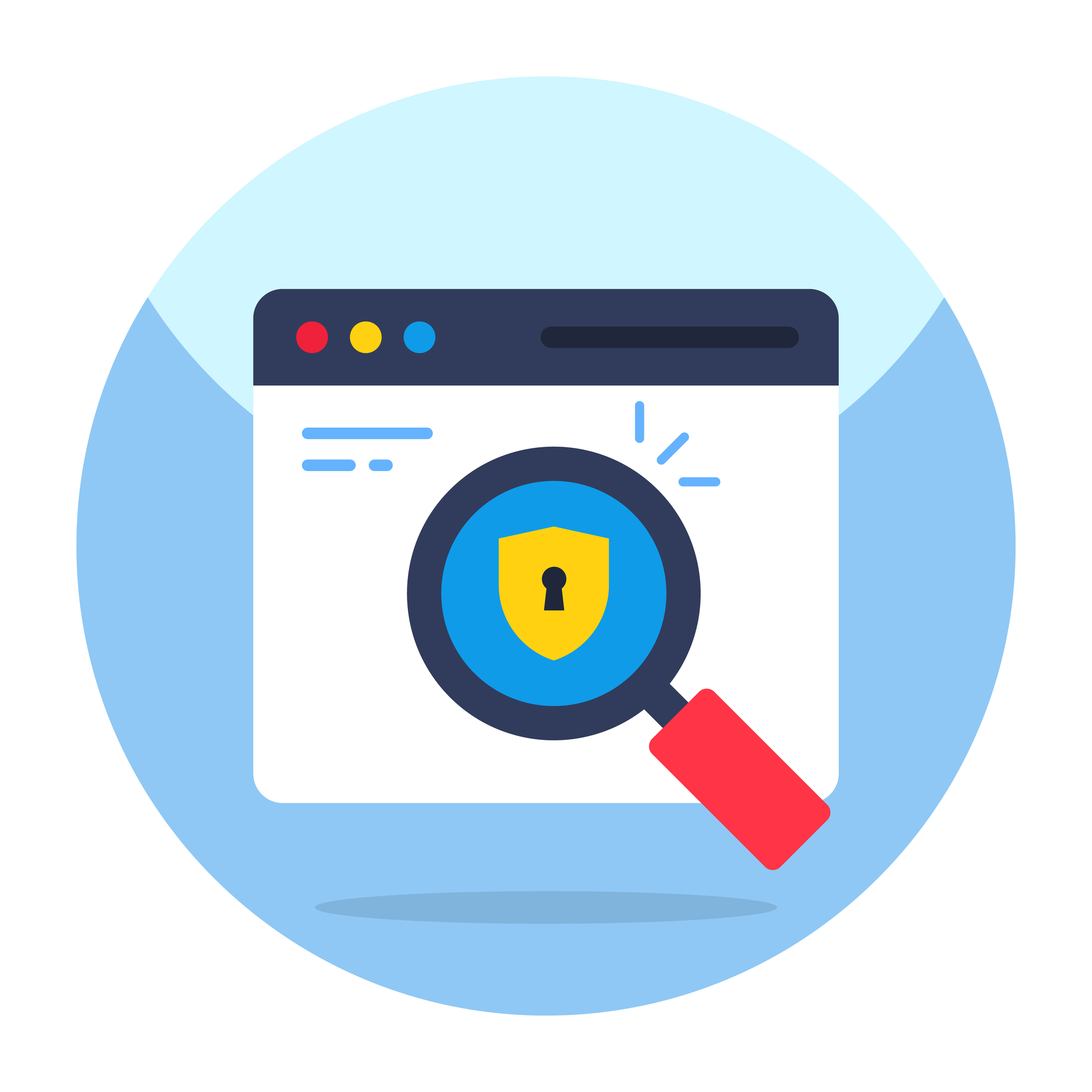In today’s digital landscape, it is absolutely crucial to know how to check if a website is safe before you browse, share sensitive information, or engage in online shopping. With the proliferation of scam websites and fake websites designed to steal personal information, understanding the warning signs and utilizing available security tools is vital for staying safe online.
- What Does It Mean for a Website to Be Safe?
- Steps to Check If a Website is Safe
- Verifying SSL Certificates
- Using Website Safety Checkers
- Analyzing Privacy Policies and Contact Information
- What Happens If You Visit an Unsafe Website?
- Risks to Personal Information
- Consequences of Exposing Your Password
- Identifying Fake Websites and Scams
- Cybersecurity Tools for Safe Browsing
What Does It Mean for a Website to Be Safe?
For a website to be considered safe, it generally means that the website server has security measures in place to protect users from potential threats. This includes safeguarding personal information and financial data, preventing malware downloads, and ensuring the website is secure against hackers or scammers. A safe website is also one that respects user privacy policies and operates with transparency, offering clear contact information.
Importance of Knowing If a Website is Safe
Knowing if a website is safe is paramount for protecting your sensitive information and preventing the compromise of your accounts. Entering your credit card information or account information and passwords on an unsafe website could lead to identity theft or financial loss. Furthermore, downloading malware from a malicious website can severely damage your device and compromise your online safety. By learning how to check if a website is safe, you actively contribute to your cybersecurity and safe browsing practices.
Common Warning Signs of Unsafe Websites
Several warning signs can indicate an unsafe website. In particular, watch out for:
- A suspicious URL, frequent pop-ups, and the absence of a padlock icon.
- The site lacks clear contact information or privacy policies.
Additionally, if your browser displays security warnings, it’s best to exercise caution. Trust your instincts, and if something feels off, it probably is an unsafe website or fake site.
Steps to Check If a Website is Safe

Verifying SSL Certificates
One of the first steps to tell if a website is safe involves verifying its Secure Sockets Layer (SSL) certificate. Look for the padlock icon in the address bar. If the padlock icon is missing or the browser displays a warning about the SSL certificate, it may indicate an unsafe website, and you should avoid entering any sensitive information.
Using Website Safety Checkers
Leveraging website safety checkers is an effective way to check if a website is safe. Use website safety checkers like Google Safe Browsing to check if a website has been flagged as unsafe or malicious. Utilizing such checkers allows you to browse with more confidence and identify potentially scam websites before they compromise your data. You can also use antivirus software to check if a website is safe to use.
Analyzing Privacy Policies and Contact Information
Analyze privacy policies and contact information to verify website legitimacy. Reputable websites have clear privacy policies and readily available contact information. If the contact information is missing, incomplete, or suspicious, or the privacy policies seem generic, it could be a warning sign that the website is not safe.
What Happens If You Visit an Unsafe Website?
Risks to Personal Information
Visiting an unsafe website can expose your personal information to scammers and hackers, leading to identity theft and financial fraud. These fake sites are designed to capture sensitive information, such as social security numbers, addresses, and phone numbers, which can then be used for malicious purposes.
Consequences of Exposing Your Password
Exposing your password on an unsafe website can lead to access to your email, social media, and bank accounts, resulting in identity theft, financial loss, and damage to your reputation. It’s imperative to use strong, unique passwords for each of your accounts and be vigilant about where you enter them.
Identifying Fake Websites and Scams
To help identify fake websites, there are several things you can look for. These include:
- Checking the URL for misspellings.
- Being wary of requests for too much personal information.
- Looking for trust seals and SSL certificates.
- Reading reviews.
If something feels off, trust your instincts and avoid entering any information on the website to ensure safe browsing.
Cybersecurity Tools for Safe Browsing
Recommended Security Tools and Extensions
To ensure safe browsing, there are recommended security tools and extensions available, including the following:
- Use antivirus software
- Use a VPN
- Browser extensions like Google Safe Browsing
How to Use Pop-ups as a Safety Indicator
Pop-ups can serve as a safety indicator when browsing online. Frequent and intrusive pop-ups are often a warning sign of an unsafe website. If a website bombards you with pop-ups, especially those asking for personal information, exercise caution and avoid clicking on them.
Additional Resources for Staying Informed
Staying informed about cybersecurity threats and safe browsing practices is essential for protecting yourself online. Use Google Safe Browsing, the Better Business Bureau, and reputable cybersecurity blogs to stay up-to-date on the latest scams. Always check if a website is safe to use before you buy.











